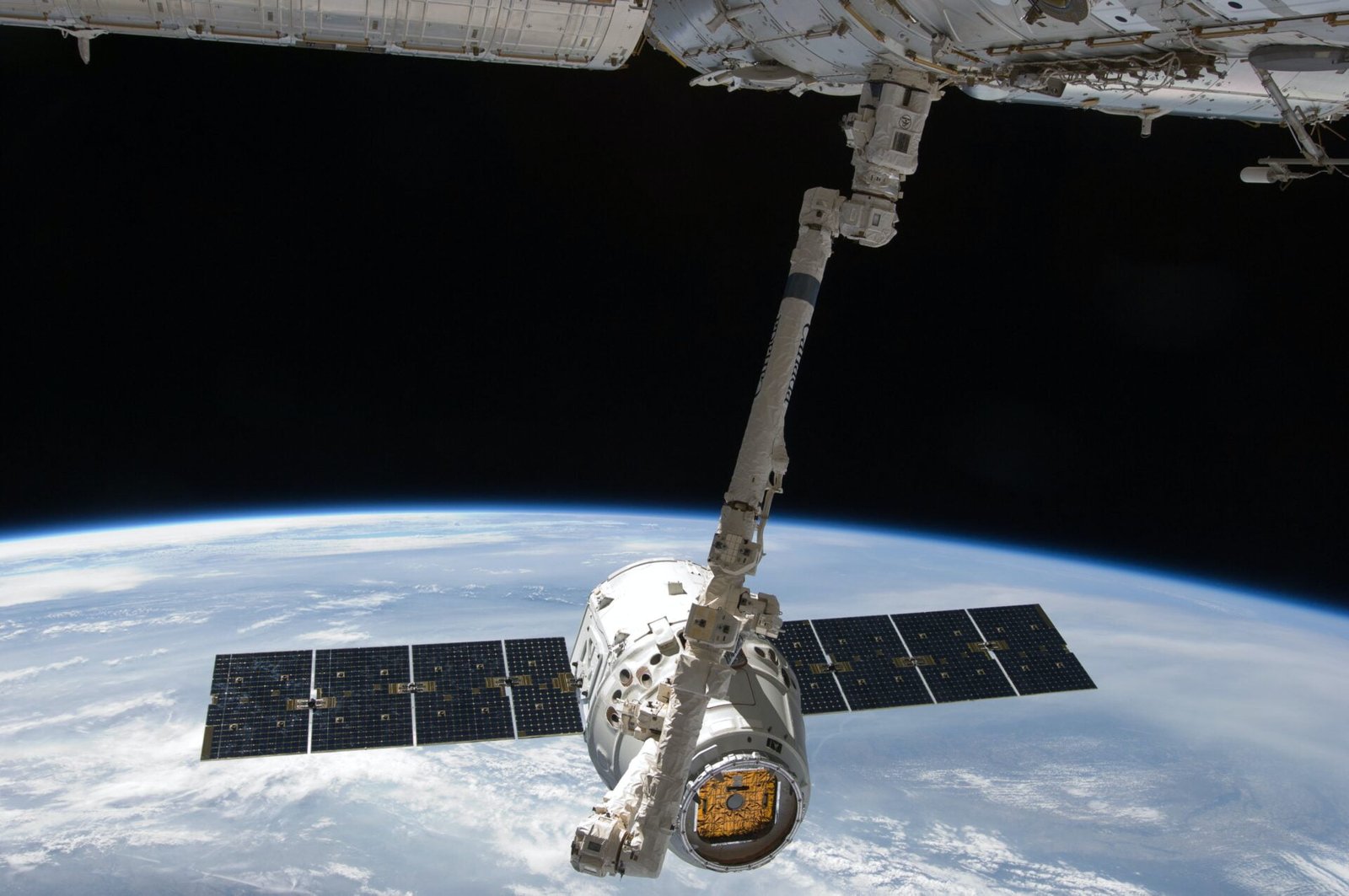China’s science and technology innovation has been a driving force behind the country’s economic recovery from the COVID-19 pandemic. Over the past three years, China’s space station program has been its sci-tech flagship program, successfully completing its planned tasks. These tasks included the maiden flight of the Long March 5B carrier rocket in 2020, the launch of the Tianhe core module in 2021, and the launch of the Mengtian and Wentian lab modules in 2022.
The Shenzhou XV manned spacecraft was successfully launched and docked with the space station on Nov 29, 2022, completing all 12 missions planned for the verification of key technologies and the construction of the space station. The COVID-19 pandemic brought challenges to China’s space industry, particularly in ensuring human resources for research and testing activities, as well as communication and coordination, supply chains, and international cooperation.
However, despite these difficulties, China’s space industry managed to deal with the pandemic by adopting science-based control policies, such as full vaccination coverage to protect personnel and a more flexible way of work, to ensure all missions were completed on time. China achieved 39, 55, and 64 space launches in 2020, 2021, and 2022, respectively, up significantly compared to the pre-pandemic period.
China’s sci-tech innovation also expanded in other areas, such as publishing highly cited papers and national high-tech zones. According to the Institute of Scientific and Technical Information of China, China had 1,808 hot papers, accounting for 41.7 percent of the world’s total, ranking first in the world. The number of China’s highly cited papers reached nearly 50,000 in 2022, accounting for 27.3 percent of the global total, ranking second in the world.
China’s national high-tech zones have also witnessed a robust rebound in recent years, contributing to the economy. China has established 173 national high-tech zones so far, generating 13.4 percent of China’s GDP in 2021. According to the Ministry of Science and Technology, in the first nine months of 2022, 173 high-tech zones achieved a total industrial output of 23 trillion yuan (about $3.34 trillion), an operating revenue of 36.1 trillion yuan, and an export value of 3.7 trillion yuan, respectively, with year-on-year growth of 7.8 percent, 6.6 percent, and 8.2 percent, respectively.
China’s progress in sci-tech innovation is reflected in its rising position in the Global Innovation Index (GII), ranking 11th in the 2022 GII report, marking its 10th consecutive ascent to the top of the 36 upper middle-income economies. In terms of innovation input sub-indicators, the Chinese mainland ranked first in terms of domestic market scale and the number of firms offering formal training. In terms of innovation output sub-indicators, the Chinese mainland ranked first in patents by origin, utility models by origin, labor productivity growth, trademarks by origin, and creative goods exports.
Read More:
